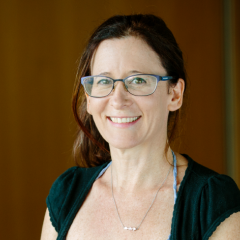Moreton Bay's (also known as Quandamooka) seagrass beds are essential sources of food for the critically endangered animals living in that region, including both turtles and dugongs. This project aims to evaluate the health of this sensitive ecosystem by characterising and measuring polar pollutants washed into the bay from river catchments during a rainy La Niña Australian summer. To measure these polar pollutants, a series of passive samplers are being deployed into the seagrass beds to collect water and seagrass samples and to analyse them for a variety of agricultural chemicals.
This research was supported by a Goodman Foundation grant.
Outcomes
This project has detected a range of chemicals, including pesticides found in the seagrass beds and herbicides found in seagrass tissue. The use of passive samplers has also enabled a more thorough evaluation of the health of this ecosystem by detecting pollutants that would have been missed using other sampling methods.
Conference Abstracts
Clokey, J. E., Beggs, C., Kaserzon, S. L. Detection of pesticides and other contaminants of emerging concern in Moreton Bay's seagrass beds during a La Niña year, Australian Marine Sciences Association 57th 'Science in the Sea Country', Gold Coast, Australia, 2-7 July, 2023.



